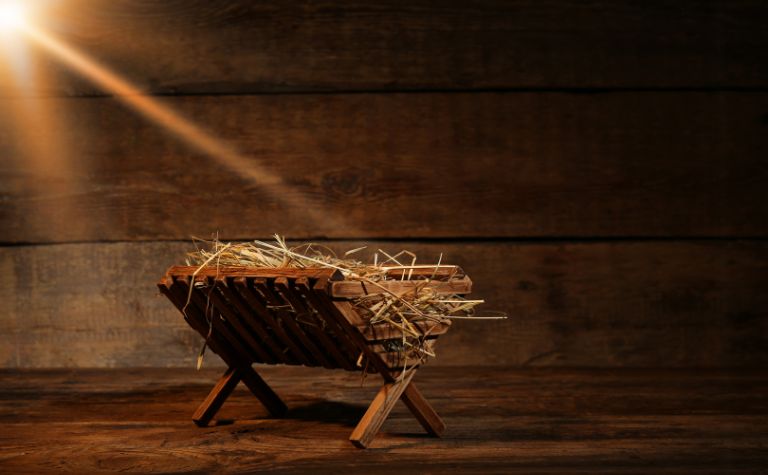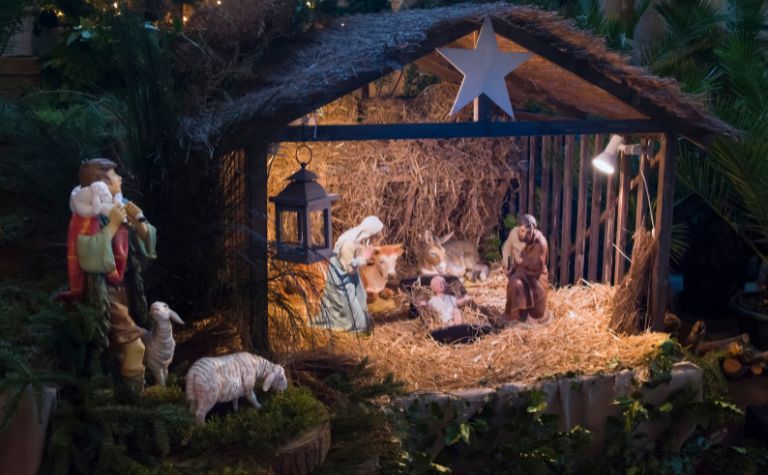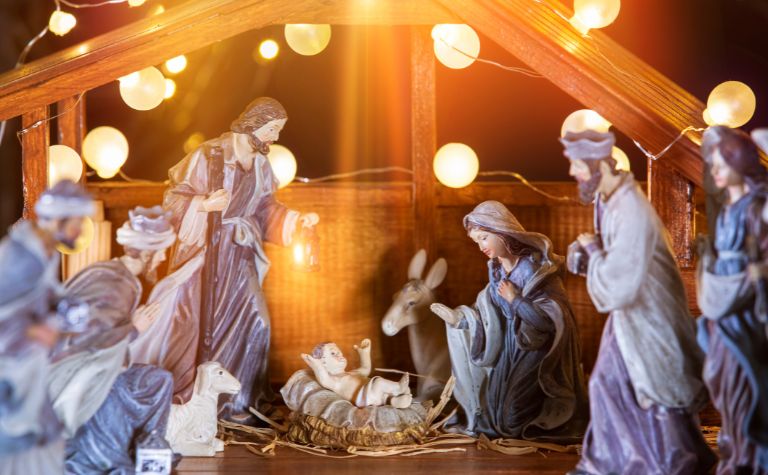Mary, the mother of Jesus, holds a distinctive and revered position in the Christian tradition.
While her life, especially her role as the mother of the Messiah, is well-documented and celebrated, the circumstances of her death remain a subject of varied beliefs and interpretations.
The narrative of her final days and her transition from this world is an amalgamation of traditions, scriptures, and doctrines.

Comparing the Catholic and Orthodox Views of Mary’s Death
| Catholic View | Orthodox View | |
|---|---|---|
| Name of the Event | Assumption of Mary | Dormition of the Theotokos |
| Description | Mary was assumed into heaven, both in body and spirit. | Mary “fell asleep” (a metaphor for death) and was taken to heaven. |
| Official Doctrine/Teaching | Declared as a doctrine in 1950 by Pope Pius XII. | Has been a longstanding tradition in the Orthodox Church. |
| Death of Mary | The Church doesn’t specify if Mary experienced death before her Assumption. It is open to belief and interpretation. | The Orthodox tradition generally holds that Mary did experience death. |
| Bodily Presence in Heaven | Mary was assumed into heaven with her body. | After her “sleep” or death, her body was taken to heaven three days later. |
| Artistic Representations | Mary is often depicted being elevated to heaven, surrounded by angels and sometimes apostles. | Similar depictions of elevation, but with a strong emphasis on her peaceful “sleep” on earth prior to her ascent. |
| Feasts and Celebrations | The Feast of the Assumption is celebrated on August 15. | The Feast of the Dormition is also celebrated on August 15. |
Mary’s Role After Jesus’ Resurrection
After the crucifixion and resurrection of Jesus, biblical accounts, particularly in the Acts of the Apostles, highlight Mary’s continued involvement with the early Christian community.
She was present with the disciples during the Pentecost when the Holy Spirit descended upon them.
This event marked the birth of the Christian Church, and Mary, in her enduring role, stood as a pillar of strength and unity for the fledgling community.
The Assumption of Mary
Central to the discussion of Mary’s death is the doctrine of the Assumption.
This belief posits that Mary was assumed — taken up — into heaven both in spirit and body.
It’s important to note that the Assumption is distinct from the Ascension, the latter referring specifically to Jesus Christ’s rising to heaven, as detailed in the New Testament.

Ancient Writings and Traditions
While the canonical books of the New Testament do not provide explicit details about Mary’s passing, various apocryphal texts and early Christian writings offer insights.
Some of these ancient texts discuss the apostles being present during Mary’s transition and witnessing her soul’s ascent to heaven.
Though not part of the official canon, these texts have influenced Christian thought and traditions surrounding Mary’s death.
The Eastern Orthodox Perspective
In the Eastern Orthodox Church, the event is referred to as the “Dormition of the Theotokos.”
“Dormition” translates to “falling asleep” and is a gentle metaphor for death, while “Theotokos” is a title for Mary, meaning “God-bearer.”
The Orthodox belief recounts that Mary’s death was peaceful and that her soul, immediately received by Christ upon her death, was taken to heaven.
Three days following her burial, when her tomb was opened, it was found empty, affirming the belief in her bodily ascent to heaven.

The Roman Catholic Perspective
The Roman Catholic Church, while sharing many commonalities with the Eastern Orthodox view, formally declared the Assumption of Mary as a doctrine in 1950 by Pope Pius XII.
The declaration emphasized the belief that Mary was assumed into heavenly glory, body, and soul after completing her earthly life.
Notably, the declaration did not specify whether Mary underwent death before her Assumption, leaving that aspect open to belief and interpretation.
Reflections in Art and Culture
The narrative of Mary’s death and Assumption has been a profound source of inspiration for artists, musicians, and writers through the centuries.
In art, depictions of the Assumption often showcase Mary, robed in radiant attire, being elevated towards the heavens, surrounded by a host of angels and the apostles bearing witness from below.
Such artworks can be found adorning the domes and altars of many churches, especially in European countries.
Music has also paid tribute to this event, with hymns and chants composed in Mary’s honor, highlighting her purity, devotion, and her unique role in the Christian story.
These compositions, often sung during feasts dedicated to Mary, evoke a sense of reverence and wonder.
Literature, too, has woven tales around this event.
Poets and writers have explored the emotional depth of Mary’s journey, capturing the sorrow of her earthly departure and the joy of her heavenly ascent.
Across these varied forms of expression, there’s a consistent portrayal of Mary as a figure of serenity and grace.
The cultural and artistic reflections on her Assumption serve as tributes and tools of storytelling, passing on the narrative to successive generations in vivid and evocative forms.
Conclusion
Mary’s final days on earth and her transition to the afterlife are a tapestry of traditions, writings, and doctrines.
Across Christian denominations, the reverence for Mary is unwavering.
Her Assumption or Dormition isn’t just an event in a timeline but encapsulates the respect and significance attributed to her life and role.
While the precise details of her departure from this world may differ, the unanimous belief is her exalted presence in heaven.
The story of Mary’s end underscores the broader narrative of her life: one of grace, sacrifice, and eternal significance in the Christian tradition.
Related Questions
Joseph, the husband of Mary and the earthly father of Jesus Christ, is depicted in the Gospels as humble, law-abiding, and obedient. In many Christmas scenes, such as in displays of the manger, he is...
The virgin Mary, the mother of Jesus, is one of the most fascinating people in the Bible. For 2,000 years, people of different eras and cultures have marveled at her faith in God. Mary's story in the...
